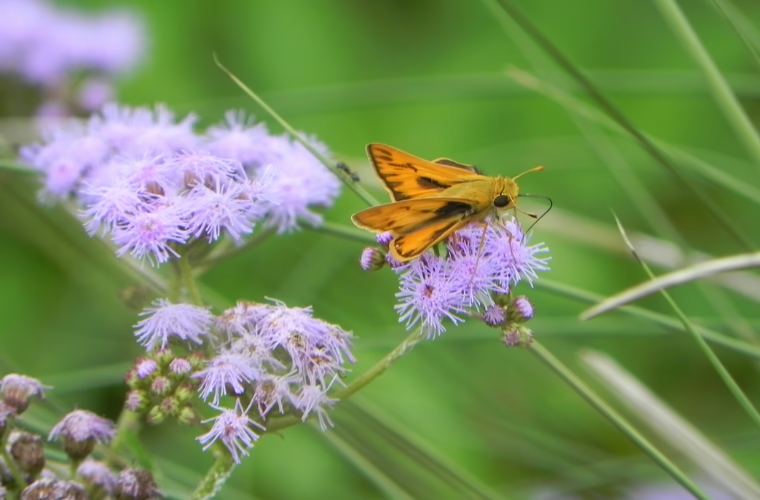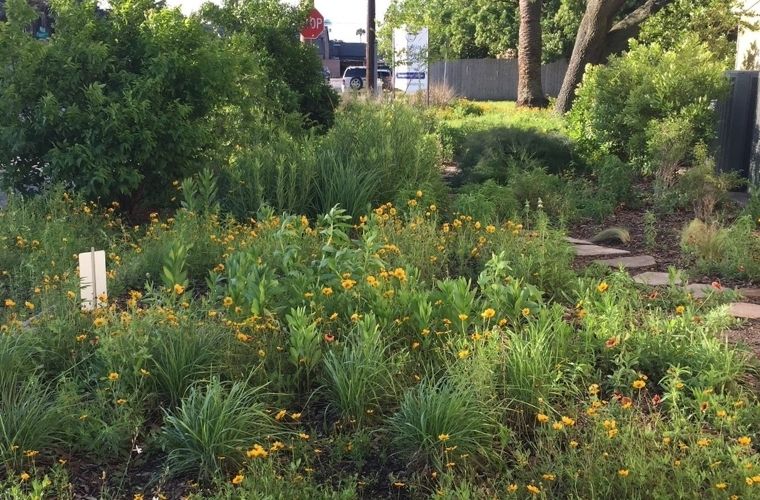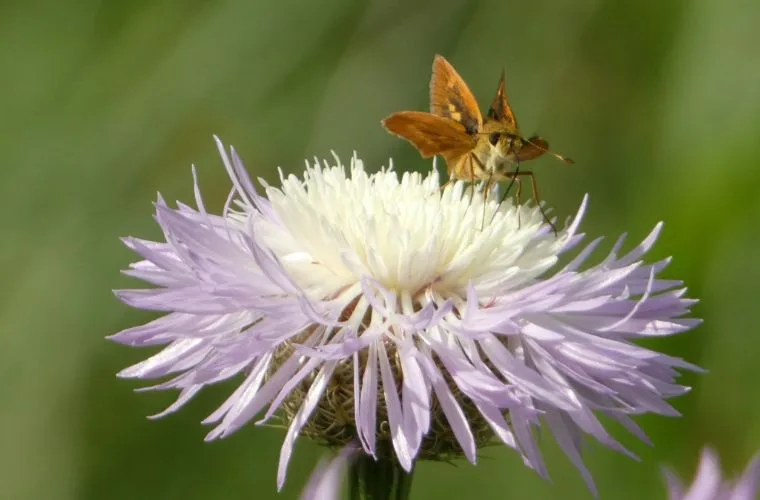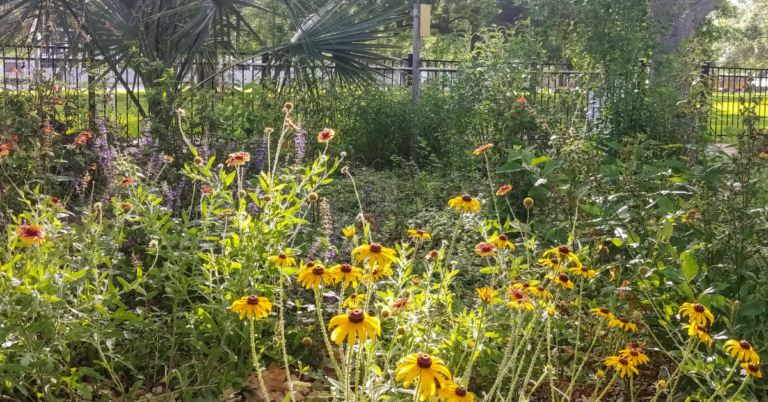Application Deadline: September 1 and March 1
The Clear Lake Chapter of the Native Plant Society of Texas awards grants to nature centers, schools, educational groups and others to help fund development and maintenance of pollinator habitats using native plants, shrubs or trees on public sites in Brazoria, Galveston or Harris Counties of Texas. Priority is given to projects located in Brazoria Co., Galveston Co., and the southeast quadrant of Harris Co.
The goals of this program are to:
- Educate members of the Society and the public about pollinator conservation,
- Build or restore pollinator habitats in order to support and increase pollinator populations and diversity,
- Promote the research, conservation and utilization of native plants and plant habitats of Texas through education, outreach and example.
Education Committee
The Education Committee of the Clear Lake Chapter serves as the grant administration committee. The committee’s duties include evaluating grant applications and awarding grants. Evaluations will be based on each plan’s
- Completeness – has every question been answered, including a garden design plan,
- Feasibility – better to start smaller with future expansion planned,
- Benefit to the community – which part of the community will benefit, and
- How well the proposed project meets the program’s goals.
The Education Committee will oversee the project’s progress through periodic site visits and submitted status reports. A final project evaluation report is required. Awardees may be asked to prepare a presentation for the chapter.
Questions for the education committee can be sent at any time during the process to clear-lake-chapter@npsot.org.
Pollinator Habitat Qualities
- Use native plants, shrubs or trees that provide nectar and pollen sources and larval host plants
- Provide a water source
- Are located in a sunny area or partly sunny area
- Create large pollinator targets with clusters of native or non-invasive plants
- Establish continuous blooms throughout the growing season
- Plan for at least two years maintenance
- Provide signage describing the garden project
Note: A habitat may also contain non-native nectar and pollen plants, but no invasive plants, and grant funds cannot be used to purchase non-native plants.
Amount and Source of Funds
Grants are funded by the Clear Lake Chapter. The total amount to be budgeted for this program varies from year to year. Individual grants of up to $500 may be awarded and the grantee is not required to match the amount of the grant awarded.
Approved Types of Expenditures
Funds must be used to purchase only native plants for our ecoregion or seeds for these plants. Applications will be accepted for new habitats or for improvement and maintenance of established pollinator habitats. Plants can be replaced, or native plants can be added.
Grant funds cannot be used for signage, hardscape features, barriers, soil, pesticides, amendments or any other non-plant items. Under no circumstance can NPSOT grant funds be used for Tropical Milkweed (Asclepias curassavica).
Apply for a Grant

Native Pollinator Habitat Grant Program Fall Cycle
Application opens July 1 and closes September 1.

Native Pollinator Habitat Grant Program Spring Cycle
Application opens February 1 and closes March 1.
Funded Sites
Resources
Recommended Books
Eierman, Kim. The Pollinator Victory Garden: Win the War on Pollinator Decline with Ecological Gardening: How to Attract and Support Bees, Beetles, Butterflies, Bats, and Other Pollinators. Beverly, MA: Quarry Books, 2020.
Lee-Mäder Eric. Attracting Native Pollinators: Protecting North America’s Bees and Butterflies: the Xerces Society Guide. North Adams, MA: Storey Pub., 2011.
Tallamy, Douglas W. Bringing Nature Home: How You Can Sustain Wildlife with Native Plants. Portland, OR: Timber Press, 2016.
Related Posts

Six Projects Awarded a Native Pollinator Habitat Grant
Clear Lake—We are thrilled to announce the six grant winners for our chapter’s Native Pollinator Habitat Grant Program.

Planning a Pollinator Garden & Grant Application Walk Through
Learn about the Clear Lake Chapter’s Native Pollinator Habitat Grant program, how to plan a pollinator garden for public spaces, and what the committee is looking for in an application.

Chapter Meeting: Pollinator Road Trip 2: A Habitat Grant Update
Clear Lake Chapter — Take a virtual road trip to visit pollinator habitats funded by the chapter’s Native Pollinator Habitat Grant Program.


